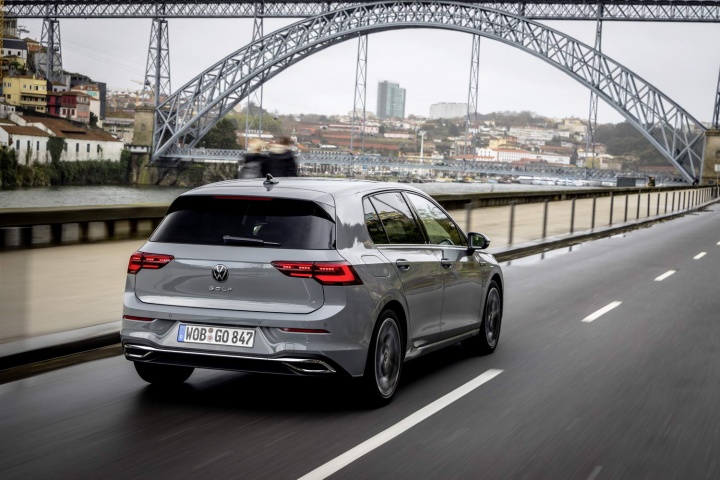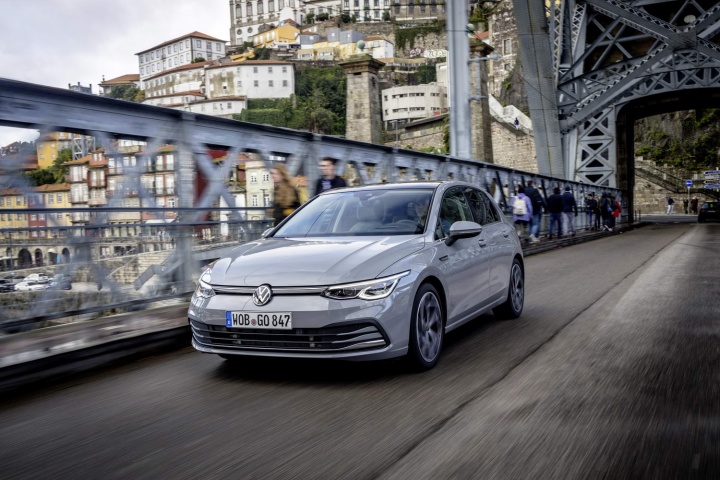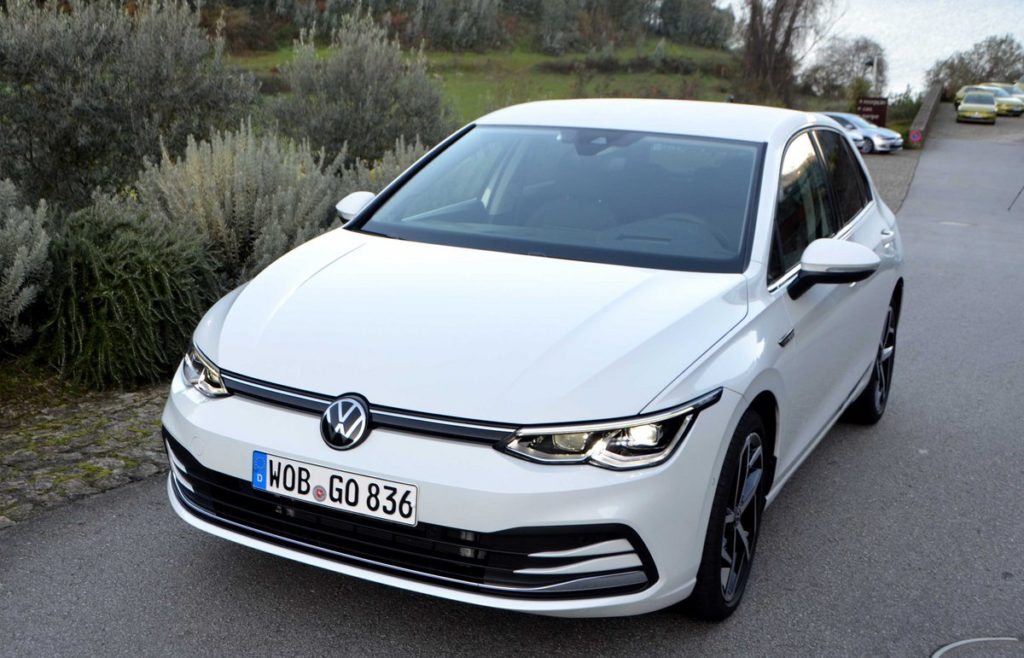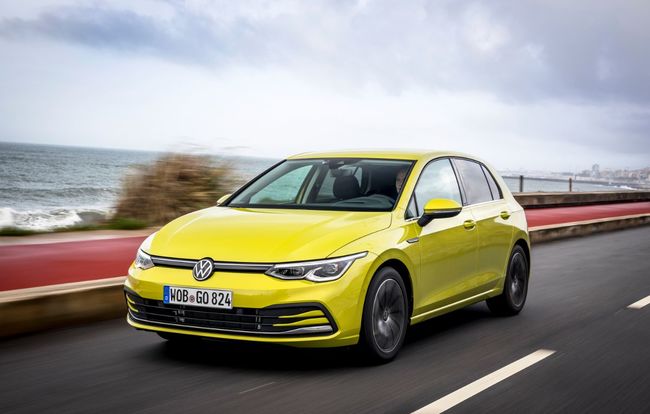One of the world’s best-selling cars of all time was launched in 1974 when we had the three-day week. The Mk2 came out in 1983 when the first compact disc was sold in the UK. And here we are 37 years further on with this latest Golf, now up to Mk8. Like its predecessor, it is built on VW’s highly adaptable MQB platform that’s also used in dozens of Audis, Skodas, and Seats.
It hasn’t been dramatically changed for this new Golf but the car has grown 29mm in length, 10mm in width, and 4mm in height – making it harder to park.
Any styling changes are subtle. The headlamps are shallower and more contemporary, and all Golfs now have five doors. There will be an estate along later as well as a GTI and even hotter R model.

The big changes are all inside with a brand-new digital dashboard that features a 10.3in digital instrument cluster and an 8.25in or optional 10in central touchscreen for the infotainment and many of the car’s systems.
There’s a new multifunction steering wheel that’s refreshingly logical to use. There are very few physical buttons and switches as virtually everything is controlled via the touchscreen, including heating and ventilation, and driving modes. There’s a slider that controls the audio volume but it’s a bit hit and miss. The optional voice control system should help.
There’s some evidence of cost-cutting on this new-generation Golf. Some are subtle – lack of gas struts for the bonnet and matt rather than body-colored paint on its underside. But inside there’s quite a lot of hard plastic, and the door bin is lined with felt where you can see it, but not on the edge that you can’t, so oddments will still rattle about.

A wide range of powerplants is available and there’s a pure electric version on its way – the upcoming VW ID.3. There are a couple of 1.0-litre three-cylinder petrol engines, a 1.5-liter four-cylinder, and a two-liter diesel unit with a choice of two power outputs. The petrol-powered cars are available with mild-hybrid and it’s one of these that we’re testing.
Priced at 34.500 USD Life-spec test car is the 1.5-liter four-cylinder producing 148bhp, via a seven-speed DSG auto gearbox. Four-wheel drive is available as an option on certain Golf models. It’s an excellent powertrain, especially if you’ve been put off from buying a diesel car and don’t have off-street parking which makes owning a plug-in hybrid impractical.

The eTSI powertrain (as it’s badged) features a belt-driven 48v starter/generator unit that enables brake energy regeneration, a more efficient start/stop function, and also add extra torque to aid with acceleration.
The car overall has all the characteristics that a city car need besides a hefty size but not too big and enough power to keep the mpg high and the speedometer just as high.




